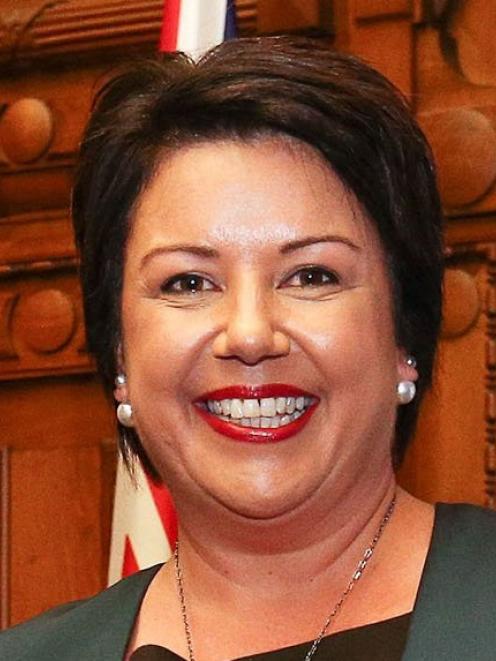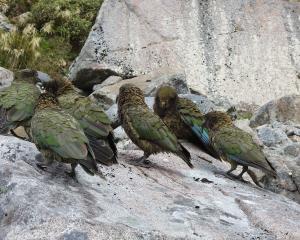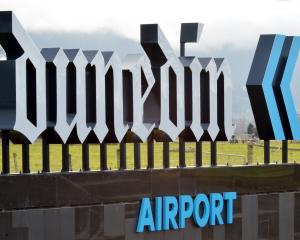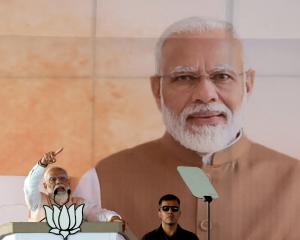
New Zealanders are renowned for our hospitality, and it's a character trait we take pride in.
Aside from the not-so-small matter of our epic scenery and rich cultural heritage, this might be why so many people like to visit our unique corner of the Pacific.
In the year to March, tourism became our biggest export earner, contributing $14.5 billion to the economy. Each year we welcome about three million international visitors, who help boost regional economies like Otago's and provide more than 188,000 jobs. Ministry of Business, Innovation and Employment (MBIE) indicative estimates show about 25,000 people are directly employed in tourism in Otago.
More than 1.1 million international visitors, along with those who travelled to Otago from within New Zealand, spent about $3.4 billion here in the year to October.
The exceptional growth in the sector does bring challenges - keeping our roads safe for everyone, ensuring we have sufficient accommodation, facilities and other infrastructure, and preserving our natural environment.
We will face the challenges in Kaikoura and Hurunui alongside the local tourism providers. Already the southern road is open and the harbour is being dredged and remediated. The Government is committed to supporting tourism infrastructure.
The tourism industry is incredibly well-organised and mobilised to meet these challenges, but there is also a lot the Government can do. Our tourism strategy brings together many initiatives happening across various agencies to manage and support tourism growth.
As part of this, the Visiting Drivers Project aims to improve road safety for domestic and international visitors while maintaining New Zealand's reputation as an attractive and safe tourist destination. It is focused on Otago, Southland and the West Coast, where there is a high proportion of tourists.
The number of crashes involving overseas licence-holders between 2011 and 2015 was 6% of all fatal and injury crashes nationally, and has stayed relatively constant during the past 10 years, when the number of international visitors has increased markedly.
However, New Zealand roads are different and it is important visitors are prepared for driving here. The Visiting Drivers Project is giving people the information they need to be safe on our roads and is making improvements to the roads in the project regions.
In terms of infrastructure, New Zealand Trade and Enterprise is working to attract investment in new hotels in our biggest tourism hubs.
We have made funding available through MBIE to help regional communities develop facilities such as toilets, rubbish disposal and waste water management systems that enable them to better respond to visitor growth.
Some of these facilities will cater to freedom campers. That's important because, though they arrive in relatively small numbers, these visitors spend about $260 million a year in New Zealand. Lots of Kiwis travel the country this way, too.
During the past three years, each freedom camper spent around $4880, compared with $2814 for visitors who used other forms of accommodation.
A bigger and more multi-faceted piece of work that forms part of the Government's tourism strategy is to encourage visitors to travel outside peak season and explore the regions.
Tourism New Zealand, for example, is now putting all its promotional efforts into growing off-peak international visitor arrivals.
MBIE has a renewed focus on supporting tourism in the regions, with initiatives like the New Zealand Cycle Trail (think of the Alps 2 Ocean or the Otago Central Rail Trail) and the Tourism Growth Partnership's new regional stream helping create visitor attractions and tourism jobs from the Far North to Southland.
Visitor dispersal also helps manage the environmental impact of the visitor industry, and the Department of Conservation (Doc) is promoting short walks, huts, campsites and heritage sites at lesser known destinations.
At busier sites, Doc works to cater for increased visitor numbers. Visitors can have an impact on the environment, but the design and provision of infrastructure can almost always manage these impacts, as can regulating the numbers of people using longer overnight tracks.
It's natural such strong growth in the tourism industry will cause pressure points, but the Government and the industry are working hard to ensure Kiwis and visitors alike can continue to enjoy the best New Zealand has to offer.
Let's keep the benefits of tourism front of mind - these are benefits not only to the wider economy but also to our regions - so we can continue to welcome visitors with the warmth and hospitality for which we are so well known.












